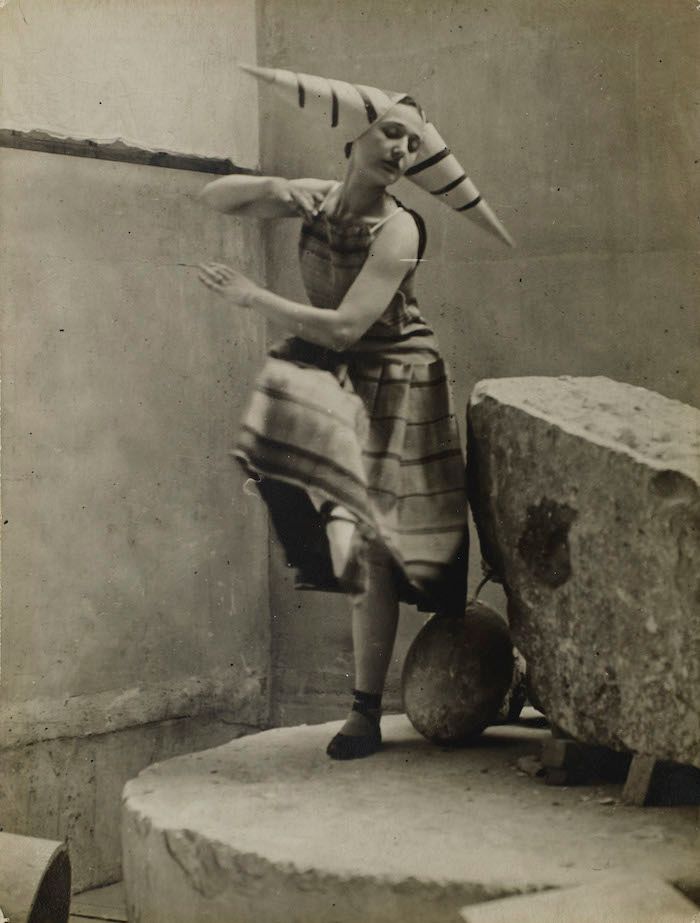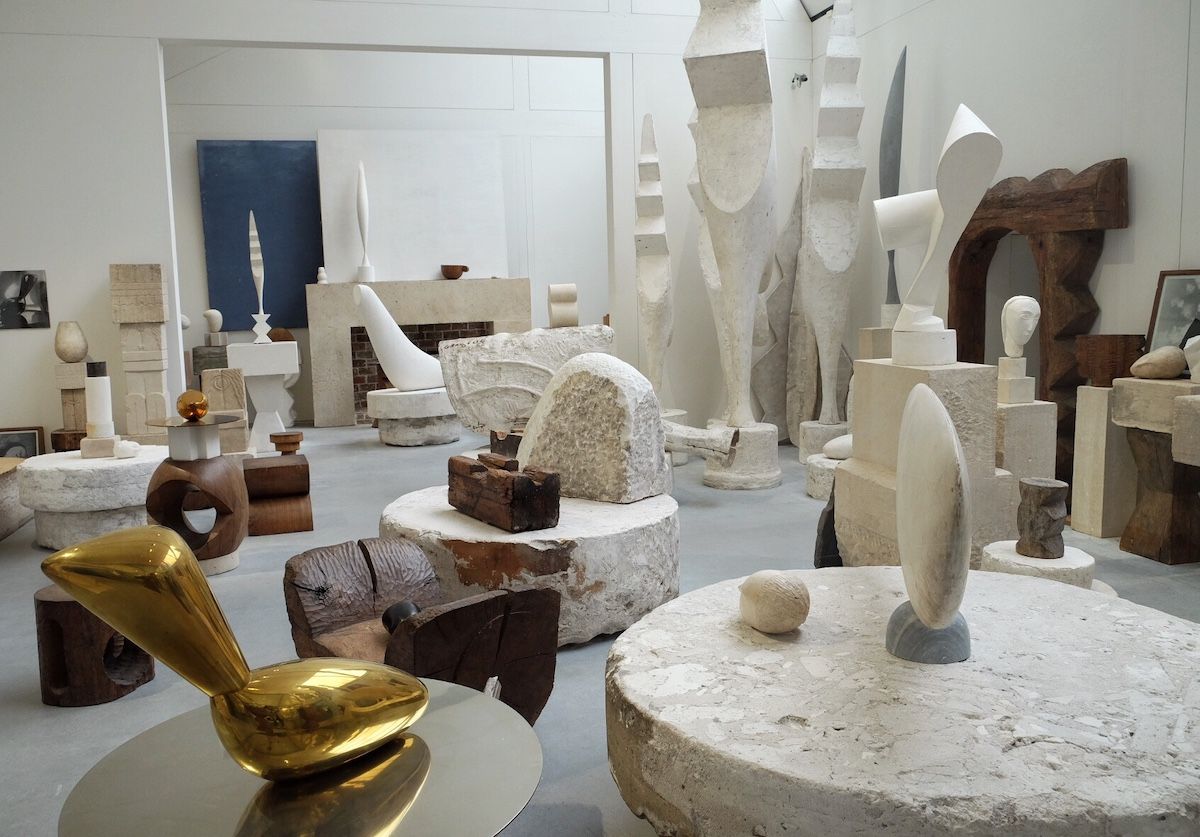
I had originally planned to skip the Brancusi retrospective, currently at BOZAR in Brussels, and to only visit the Keith Haring Haring retrospective, because I once visited a Brancusi exhibition at the Centre Pompidou. But when I did a quick online search I found out that was in 1995. I knew that it was a long time ago, but I didn't recall that it was that long ago. A good time to refresh my memory therefore.
Constantin Brancusi (1876-1957) was born in a small village in Romania. He attended the School of Arts and Crafts in Craiova and later enrolled at the National School of Fine Arts in Bucharest. In 1903 he traveled to Paris, where he trained at the Ecole des Beaux-Arts for two years before entering the workshop of Rodin as an assistant. He left after only two months to pursue his own interests, noting that “nothing grows under the shadow of big trees.”
Brancusi went on to produce works that would change the face of modern sculpture. Rather than modelling clay like his contemporaries, Brancusi carved his work directly from wood or stone, or cast it in bronze. Over the years his work became increasingly reductive as he sought to render the essence of an object, rather than its exterior and accidental form. He sought to do the same with movement. His bird sculptures don't resemble a bird, but seek to capture the act of taking flight, the ascension into the sky.
Brancusi once said that "if one has reproduced nature realistically it is not creation. An artist must create." The retrospective shows that he himself was true to his sense of what it means to be an artist.
The exhibition is arranged chronologically, starting with his first surviving works. I actually quite liked these early works, because from one side they look like an ordinary piece of rock, whereas from the other side you can see a face appear. Understandably many key works are missing. In recent years auction prices for the work of Brancusi have skyrocketed. In 2017 a bronze head sold for USD 57.4 million. A year later another sculpture sold for USD 71 million at Christie's setting a record for the artist. Even so, the organizers managed to bring together a large and diverse collection of works, including "The Kiss" and "Sleeping Muse", which give an excellent overview of Brancusi's work and career.
The exhibition consists not only of sculptures and drawings, but also brings together photos and film fragments that Brancusi made of his work and his contemporaries such as Man Ray, Erik Satie, Tristan Tzara and Marcel Duchamp.
In 1922 Brancusi invited the Romanian dancer Lizica Codreanu to his studio to perform among his sculptures in costumes that he had designed for the occasion.
Brancusi also designed the pedestals for many of his sculptures, which raises the question where the sculpture begins and ends. Brancusi himself also liked to place his works directly on the floor or on a table in his studio alongside ordinary objects, but of course such irreverence is now unthinkable, which is a shame, really.
I enjoyed the exhibition and yet, partly because it was quite crowded, it didn't do justice to the works on show. The bird needs to fly and I would love to see it in a serene space like the Chichu Art Museum or the Benesse House Museum in Naoshima.
Constantin Brancusi is at BOZAR, Brussels until 2 February 2020.
